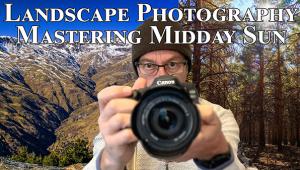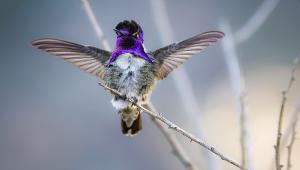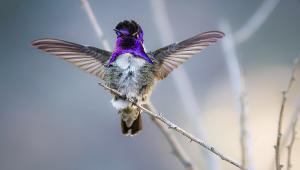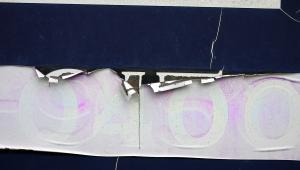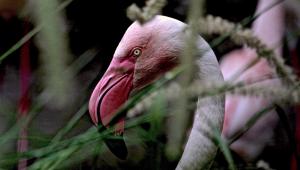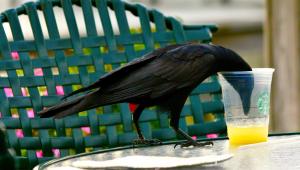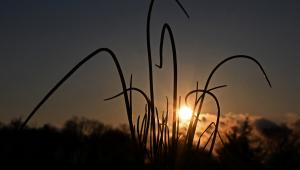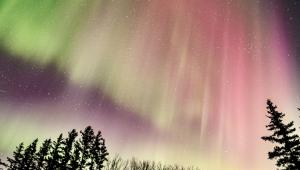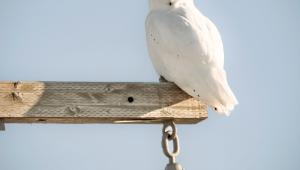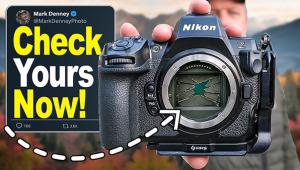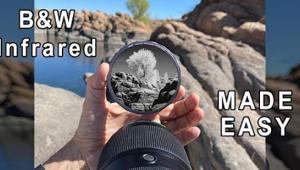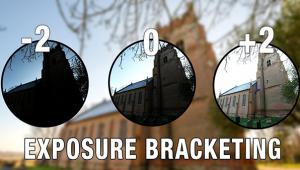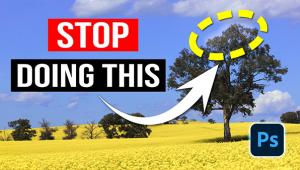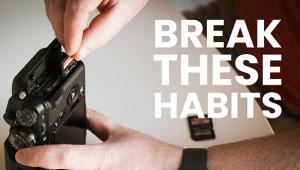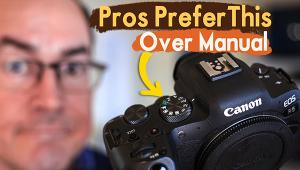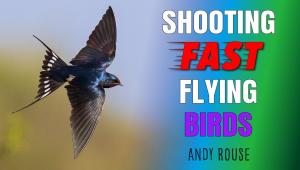How to Shoot GREAT Outdoor Photos in “CRAP” Light (VIDEO)
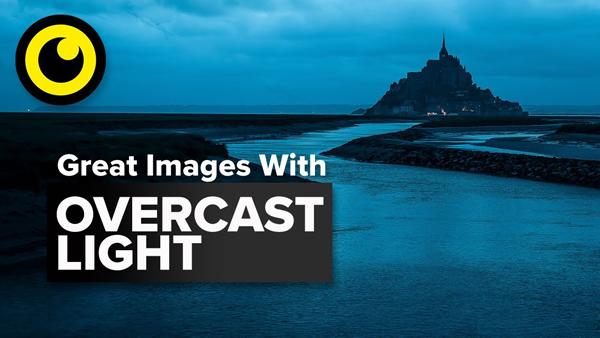
Outdoor photographers spend a lot of time chasing “great light” as they strive to make the best photos possible. But according to one trusted pro, “There’s no such thing as bad light.”
Popular instructor Alex Kilbee says the notion of bad light is one of the biggest fallacies in photography. He insists that, “all light is great; you just have to know how to use it to its full effect.”
In this episode Kilbee demonstrate how to make the most of flat, murky, overcast conditions and shoot eye-popping images. In just 12 minutes you’ll learn how to get the job done, but you’ll no longer be able to blame “crap light” for disappointing results.

Kilbee says Golden Hour “is an example of light that’s so easy to use that even my four-year-old could take a great photograph.” While that may be a slight overstatement, you get the idea. What we’re dealing with in this lesson is harnessing the flat, gray days that are closing in on us during autumn.
We typically don’t find super-saturated scenes during fall like you do in the bright days of summer, but Kilbee has a few tricks for making fall colors “pop” in less-than ideal conditions. One tip is to accentuate contrast by choosing a vantage point that places your main subject against a dark background.
Kilbee has a bunch of other helpful suggestions based upon his experience that, flat light can be a huge benefit as compared to the specular light of summer that forces you to deal harsh shadows and other related problems. As he explains, "a flat gray sky is essentially a giant soft box—which is why distracting shadows disappear."

Kilbee’s tips also include how to deal with color on flat days, taking advantage of patterns, and composing a scene differently that you may do during other times of year. He also demonstrates how to capture interesting images by concentrating on small details within a scene, and shooting abstract images for a unique look.
There’s much more to learn on Kilbee’s YouTube channel, so be sure to take a look.
And don’t miss the tutorial we posted earlier this month, explaining how to capture dramatic sun stars without the use of filters.
- Log in or register to post comments












